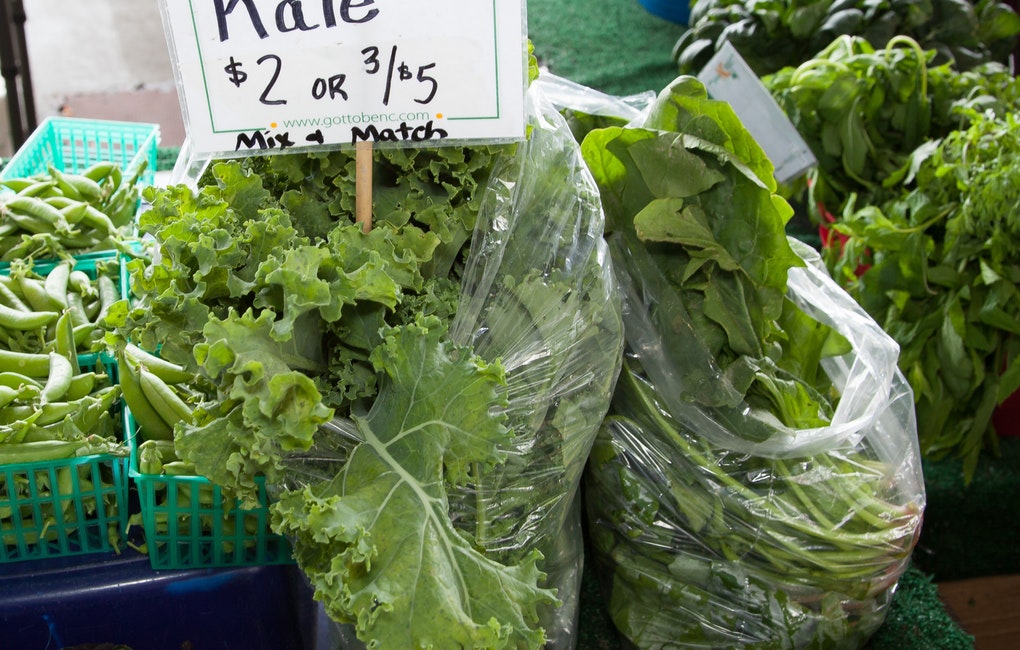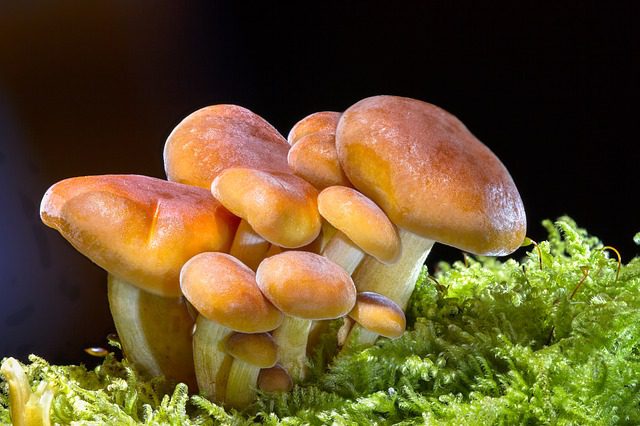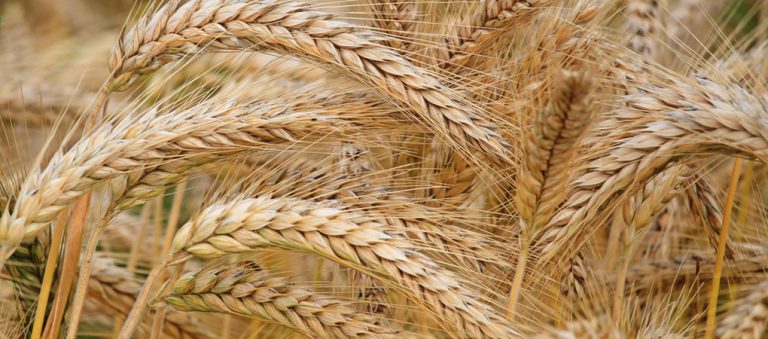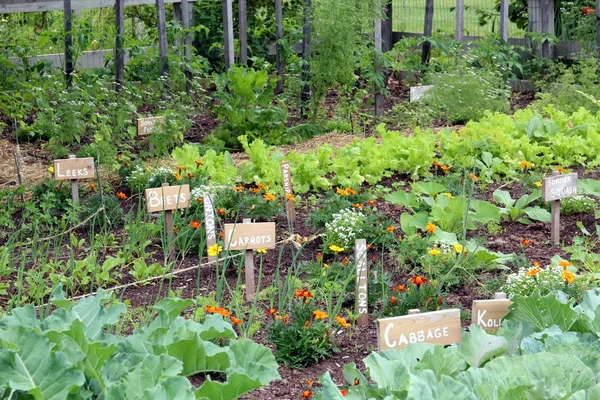Are you a commercial vegetable or horticultural farmer looking to harvest more spinach for extra profits? In this post, we will give you tips for how to grow big spinach and kales vegetables in Kenya. It looks into spinach plants and yields per acre/
90 per cent of small scale farmers in Kenya plant these two vegetables. They are cheap to establish and manage. As a popular healthy diet, they have a ready market across all regions of the country. Yet some farmers make losses or poor profits each year.
You can earn more profits from spinach and sukuma wiki farming through two strategies;
- Reduce or cut the costs of spinach and sukuma wiki farming
- Attracting better selling prices for your kales and spinach harvests
We will detail various tips for each strategy that you can adopt today in order to add value and earn better profits.
Reducing the cost of production
If you keep financial farm records, you will realize the kales or spinach profit per acre is reduced by the high cost of production. You can reduce this by adopting good farming practices like planting certified seeds and following recommended spacing. We focus on some of these tips
Plant the best seed varieties
Buy certified spinach or kales seed from leading seed companies like Royal seeds, Simlaw or Kenya Seeds company. The certified seed has a high germination rate, gives you high and quality yields and are resistant to some pests and diseases. Agrovets stock these seeds in pack sizes of 10g, 25g, 50g, 100g, 250g and 500g giving you choice for your needs.
The table below is a list of the best spinach and kales seed varieties in Kenya farmers.
| Kales (sukuma wiki) Varieties in Kenya | Spinach varieties |
|---|---|
| Thousand Headed Malkia F1 Mfalme F1 Tausi F1 | Fordhook Giant Early Hybrid No.7 Giant Noble King of Denmark |
Plant healthy seedlings
Vegetable nurseries require fertile planting material for propagation. You can establish one on the field or use seeding cups and trays for convenience.
For a field nursery, apply 1 wheelbarrow of well rotten mature per square metre. Dig it well for proper mixing. Make a levelled, raised bed of 12-20 cm high and 1 meter wide. Make 3 cm deep drills that are 20 cm wide.
Mix seeds with soil and thinly spread them into the drills. The spinach or kales seeding rate is 120 g/ acre. water the nursery and cover drills lightly. to preserve water and pests, mulch with dry grass or greenhouse paper. You can uncover the mulch and make a raised shade at least one meter high. Apply Mistress to protect young sprouts from damping-off and cutworms.
To reduce the high cost of nursery preparation and maintenance you can order mature seedlings from a KEPHIS certified seed propagator. Most sell one at KES 2- 4 for a mature seedling. You need to make early plans to get ample supply during transplanting.
How to plant spinach and kales in Kenya
Spinach and kales seedlings are ready for transplanting in 21-28 days. prepare the land for planting by applying manure, tilling, harrowing and levelling.
spacing of sukuma wiki and spinach is 30-60 cm by 60 cm depending on the variety and your location. Prepare them by adding a handful of well rotten compost or animal manure. Add a water bottle top or 5g (50 kg/acre) of a phosphate-based fertilizer per hole to improve root development. You can use one of the following types depending on your soil test results. Mavo vegetables N.P.K 20:10:18, DAP, TSP, Mavuno planting NPK 10:26:10 or MEA Mazao 23:23:0
On planting day, water the nursery or seedling trays. It will loosen the roots allowing you o uproot them easily. To minimize root damage, take them out with a ball of soil. After planting them, firm the base and water them well.
Weeding and Topdressing
You need timely weeding in sukuma wiki growing. it will give you healthy and fast growing plants. The farm weed plants compete for nutrients and can harbour pests. The first weeding should be 2-3 after transplanting. Do it carefully to avoid damaging the tender roots.
To top dress, use a nitrogen-rich fertilizer like the CAN or Topdressing NPK 26:0:0. The recommendation is to do it twice using the placement method which is economical and effective.
- 20 g of CAN per Kale or spinach plant (40 kg/acre) when the plant is 20 cm tall.
- 40 g of CAN per kale or spinach plant (80 kg/ acre) three weeks later.
You may apply a foliar feed (optional) to improve your yields. There are two types you can use.
- Easygro starter (N:P: K 18:20:21+ TE) the foliar feed is high in potassium and phosphorus enabling a robust root system.
- Easygro vegetative (N:P: K 27:10:16 +TE) is rich in nitrogen promoting green and leafy vegetables. Do it after each harvest.
Sukuma wiki pesticides

Cabbages, kales and spinach yields are affected by several pests. The common ones are listed below, It also has the best recommendation of the Sukuma wiki pesticides you can use for safe pest control.
- cutworms; Black or grey caterpillars cutting small kales and spinach stems at the ground level. control them by hand removal, early weeding or by spraying TATA UMEME 2.5EC, Halothrin 2.5 EC or the ALPHA CYMBA 10EC, all have a PHI of 3 days.
- aphids; they are light green, yellowish-green or pale green flies with a mealy powder. They suck on plants sap making your vegetables curled, discoloured and distorted shaped leaves. Control aphids by removal and destroying crop or using KARATE 2.5WG (3 days PHI), ACTARA 25WG (7 days PHI) or DECIS 2.5 EC (1-day PHI)
- sawflies, black diamond moths and caterpillars These caterpillars and larvae damage leave by leaving windows leaving veins only. You can apply DELFIN 6.4 W.G (1-day PHI), TATA UMEME 2.5 EC (3 days PHI), or MATCH 50 E.C (14 days PHI)
Sukuma wiki and Spinach diseases
The following Sukuma wiki and spinach diseases has a significant effect on vegetable yields in Kenya and Uganda region. Some are fungal while the rest are bacterial
- Damping-off; It is a soil-borne disease. it causes young seedlings to dry in nurseries or after transplanting. Manage it by drenching soil with PEARL before seeding. You can also spry MISTRESS or OSHOTANE.
- Black rot; is a bacterial disease borne by seeds. It’s prevalent in wet and high temperatures. The vegetable leaves develop yellowish v-shaped lesions. Veins turn black and seedlings can turn yellow and may die.
- Downy Mildew; A fungal seed-borne disease. it is severe in cool and wet regions. The underside leaves develop a fluffy fungal growth with brown to black spots. spray the METACOZEB 72 WP.
- Powdery Mildew; The fungal disease is severe in warm and dry climates. white powdery spots form on leaf surfaces. These later turn yellow, die and fall off. Spray COSAVET DF or FLOSFUL PLUS for control
- Ringspot; A fungal disease borne by seeds. It has circular brown-grey spits bordered by green margins. the centre is black specked.
- Blackleg (Dry rot canker); is a fungus seed-borne disease. Leaves develop light brown spots with ash grey centres that have many black dots.
To control the diseases. observe over 2 years of crop rotations, use certified seeds which are disease tolerant and avoid making a seedbed in a field that had kales before. Manage the fungal diseases using copper-based fungicides like the AMICOP 50 WP, COBOX 50 WP.
Harvesting, Transit and Marketing

collards and spinach mature in 60-90 days after transplanting. Handpick the lower leaves progressively and package them in bushel baskets, crates or cartons. Harvesting can be frequent as twice a week for 2-3 months depending on the variety.
To maintain vegetable quality, maintain them at low temperatures during transit. some varieties can last up to 3 weeks if packed in polylines cartons with crushed ice.
The methods above guarantee you higher yields thus lowering your cost of production per kg or square meter. The resulting high quality can give you more profits as consumers prefer safe and quality food products.
How to grow spinach in Kenya
The second strategy for getting higher profits is negotiating or attracting higher selling prices for your vegetable variety such as kales, collard greens (Sukuma siku) spinach and swiss chards. To do it, consider planning and timing, contracted farming, product differentiation and organic farming.
- Plan your cropping calendar for your kales or spinach to mature during the high demand season. In Kenya, the demand for vegetables is peak from November to January. It may prolong to April in dry years. These times there is low supply hence you will fetch high market prices.
- Negotiate for a higher spinach or kale price per kg or ton with your customer to cushion yourself from the highly volatile price jumps in the market.
- Differentiate your kales by having a brand with a clear label on freshness and the hygienic handling of your vegetables from production to marketing in a verifiable fresh produce traceability food system
- Grow your spinach or kales organic. Make sure you market them as “organically grown kales and free from synthetic fertilizers and toxic pesticides” to your potential customers. You may need to
Bonus tips for commercial kales and spinach farming
The following are additional points for making extra profits in farming leafy vegetables like managu, spinach, kales and cabbages. They will reduce costs of production.
- Large Scale production. The production costs of farming vegetables like managu, spinach, kales and cabbages decrease as you enjoy economies of scale.
- Improvise and recycle materials such as seeding trays and use locally available resources such as timber boxes and old containers to avoid digging deeper in your pocket.
- Compost your manure from your dairy cows wastes or organic and food wastes at home to reduce the cost of buying and transporting manure from far
- Use free labour from family and friends instead of hiring casual farm workers to reduce labour costs




Iam 19 years old aspiring to be a farmer, thankyou for the knowledge
Thx for ur advice on growing leafy veges
Thank you Anthony. We hope the advice will help you to get more yields
Wow..great advice for a new farmer.
Thank you Nancy and all the best on your farming venture
Good very clear and cheap as stated
Thanks 4 ur teaching,keep it up, horticulture is da best.Do spinache& kales do well in a clay soil areas?